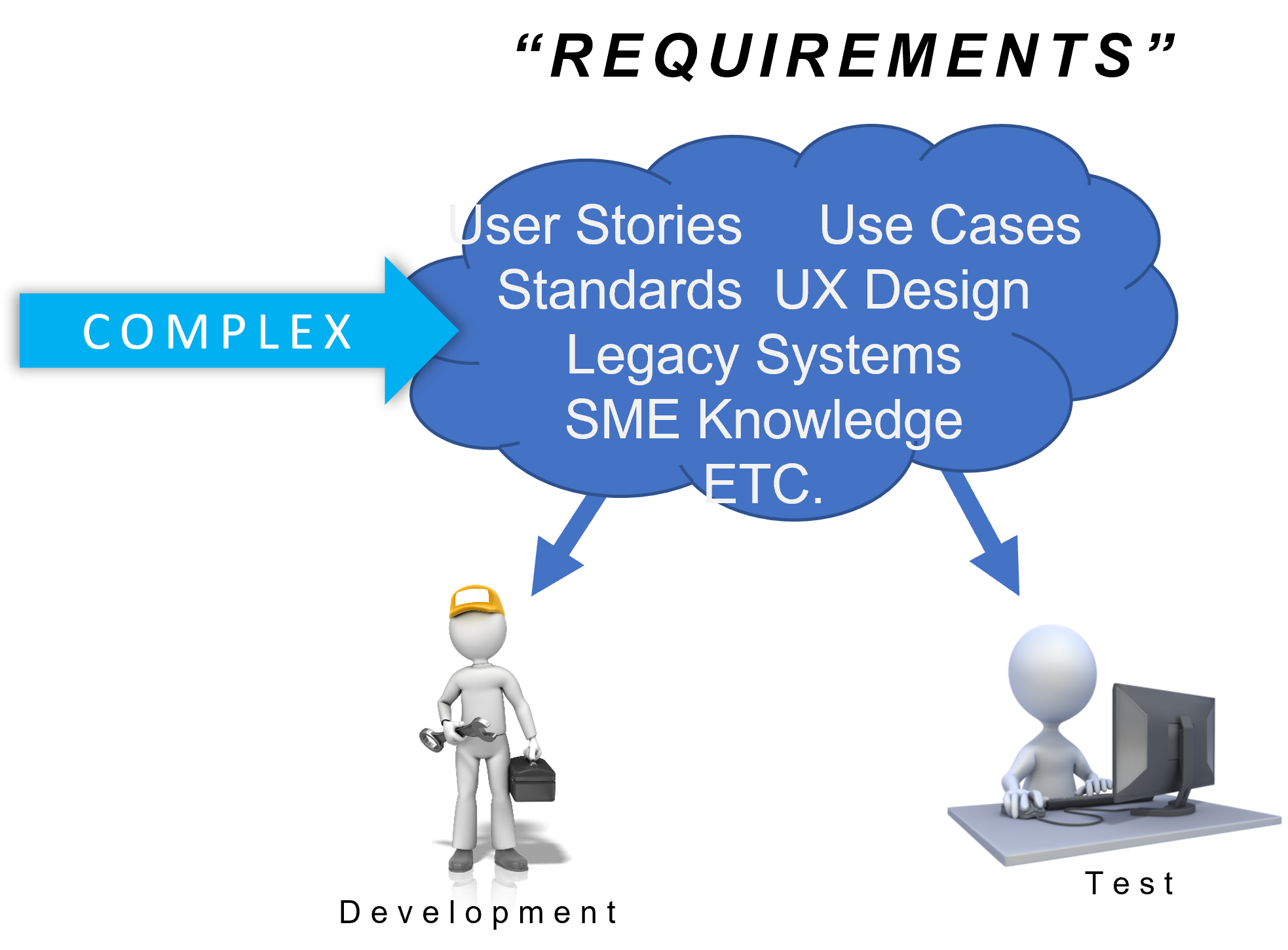Do you ever find yourself rushing through the requirements gathering and testing phase of software development to meet a deadline? It's a common problem faced by many software development teams, but it can lead to serious consequences. Buggy code can cause frustration for users and harm the reputation of a product or even the company itself. In this blog post, we will explore the importance of high-quality, testable requirements in producing bug-free code. We'll discuss how taking the time to define and test requirements can ultimately lead to a more successful product.
Perhaps the best reason to prioritize high-quality, testable requirements is the success stories.
Let’s define Requirements
Requirements are not just one thing. It is a sometime complex collection of information, most often not well integrated and owned and created by various parts of your organization. They are also living artifacts that as subject to updates at any time and may or may not be maintained in a timely manner. They are also certainly incomplete in some areas. Some of the artifacts referred to others and some are completely standalone. The various parts of the overall requirements can be very specialized and technical while others are narratives and unstructured.
Just some of the layers of requirements to consider to build and test even simple software include Business Requirements, Functional Design, Security, UX Design, Data Interfaces and third-party integrations. There are also budget and scheduling requirements to take to account.

Understanding Requirements Gathering
Before we dive into the importance of high-quality, testable requirements, it's important to understand the requirements gathering process. This involves talking to stakeholders and users to understand their needs and defining the functionality required to meet those needs. This is known as the Business Requirements. It's a crucial step in software development because it lays the foundation for the entire project which must be developed in a context defined by all the other layers.

Defining High-Quality Requirements
Defining high-quality requirements involves creating a detailed description of the required functionality. This means specifying what the software is intended to do, what data it should work with, and how it should interact with the user. High-quality requirements should be clear, complete, and unambiguous. They should also be testable. Testable requirements are those that can be checked for completeness and correctness. Quality also requires a common interpretation of the intent at all levels of detail among all the contributors to implementation. This includes the business, development, testing, management and often the end user. In other words, the requirements must be validated.
The Importance of Testable Requirements
Testable requirements are essential to ensure that the software meets the needs of the business. Testing involves verifying that each requirement has been met by the software. It's important to develop tests based on the intended behavior described and not on the behavior delivered. This is accomplished by designing tests independently of the development process, not just at the end. By doing so, you can catch issues early and avoid costly re-work later in the development cycle and create a checklist of deliverables to be verified. Testable Requirements implies that any set of inputs or actions lead to a predictable output or conditions. This must include invalid inputs and actions and the expected response from the software. Again, this must come from the validated requirements directly.
Success Stories
Perhaps the best reason to prioritize high-quality, testable requirements is the success stories. Companies that invest in rigorous requirements gathering and testing processes have been able to reduce the number of defects in their products and improve customer satisfaction. These companies have also been able to reduce development costs and shorten time-to-market.
In conclusion, taking the time to define and test high-quality, testable requirements is essential to producing bug-free code. It is a crucial step in the software development process that lays the foundation for the entire project. By understanding the requirements gathering process, defining high-quality requirements that are validated, testing requirements, and reaping the benefits of success stories, we can ensure that we are delivering high-quality software that meets the needs of the business and consumers. Let's make bug-free systems a reality for our companies and our customers.